In my last post, I reflected upon visiting Lenin’s mausoleum in Moscow in 2013, and his dream to spread the Russian Revolution across Europe and the world in the wake of the Bolshevik seizure of St. Petersburg and Moscow in 1917. This post picks up with a connective thread to that history with a tour three years later in a different country. In 2016, while touring Poland, I visited the Radzymin cemetery outside Warsaw, scene of where Marxist-Leninist theory met the course of history in reality.
The battle of Warsaw is a key event in the history of modern Eastern Europe and the Soviet Union. Poland was one of the new independent nations created out of the wreckage of the former German, Austro-Hungarian, and Russian empires by the Treaty of Versailles. To the west of Poland, Germany suffered political chaos and violence in the streets between the Freikorps (many veterans from the Great War) and Communist revolutionaries, while to Poland’s east revolutionary Russia was ensnared in a bloody civil war. By June 1920, the Bolsheviks had gained a superior position, and looked to spread their Red Revolution into Germany through invading Poland. By late July, Polish forces were in retreat. Warsaw looked to be the gateway to Berlin, then Paris beyond, and ultimately the promise of the red banner of revolutionary Communism extended over Europe.
But in August 1920 the Poles fought the Red Army outside of Warsaw. A magnificent counterattack by Polish General Josef Pilsudski forced the Red Army to retreat back to the east. The battle not only provided for the survival of an independent Poland, but halted the spread of Communism and forced the Bolsheviks to seek peace in the Ukraine as well.
Past a small church in the cemetery of the fallen at Radzymin, mass graves mark the final resting place of the Polish soldiers whose sacrifice saved their nation and staunched Lenin’s plan to conquer eastern then western Europe under the banner of Communist conquest. A photo of the church is at the top of this post. The graves are below.
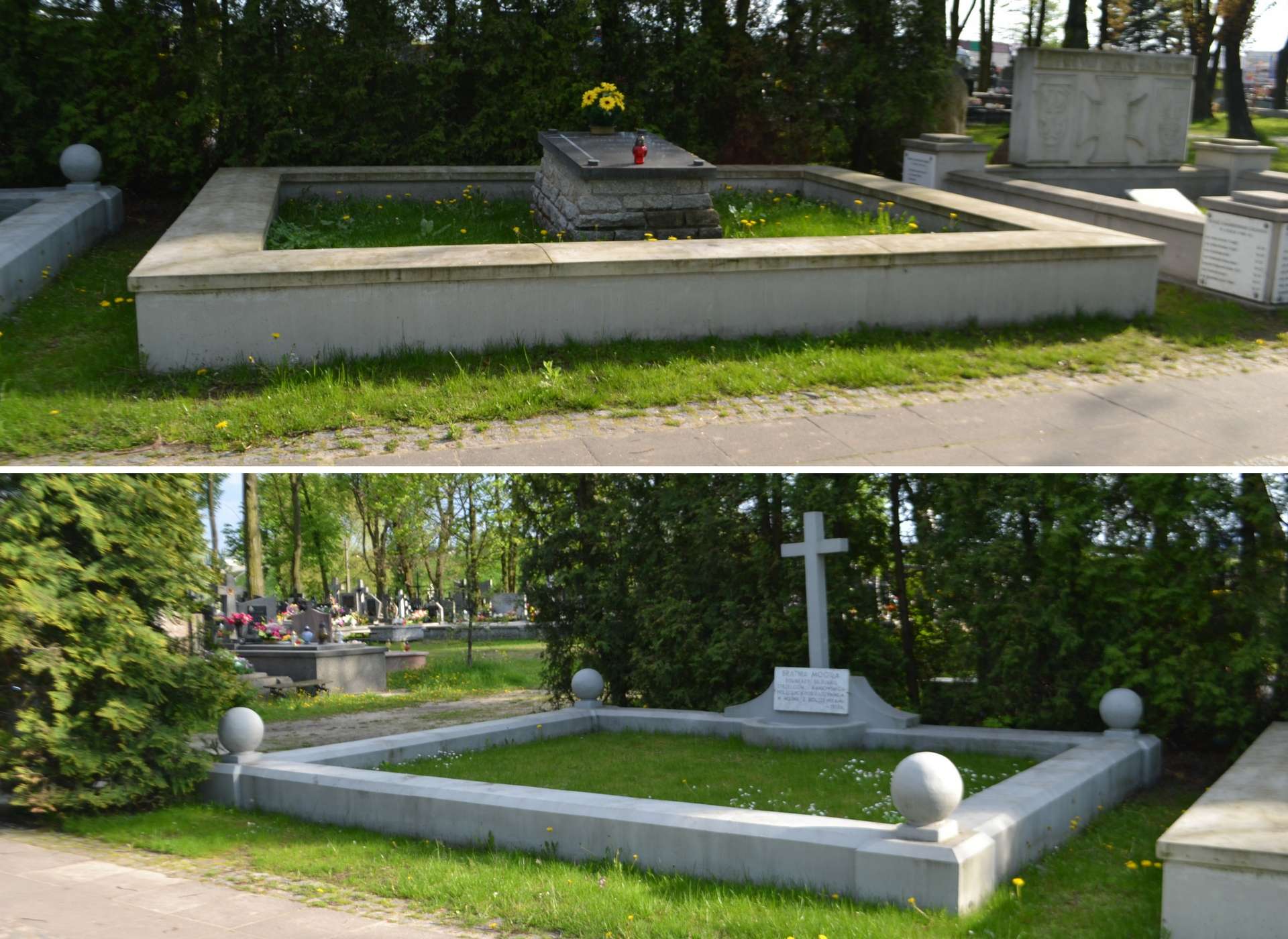
But history never stops flowing, and 20 years later the situation was dramatically changed. In August 1939, having skillfully exploited fears of Communist revolution to attain power in Germany, Nazi leader Adolf Hitler reversed course to make a pact with the Soviet dictator Joseph Stalin. The two tyrants combined to divide Poland between them. Here is one more photograph of a mass grave in the Radzymin cemetery; it contains the remains of Polish victims of the German occupation forces from World War II.
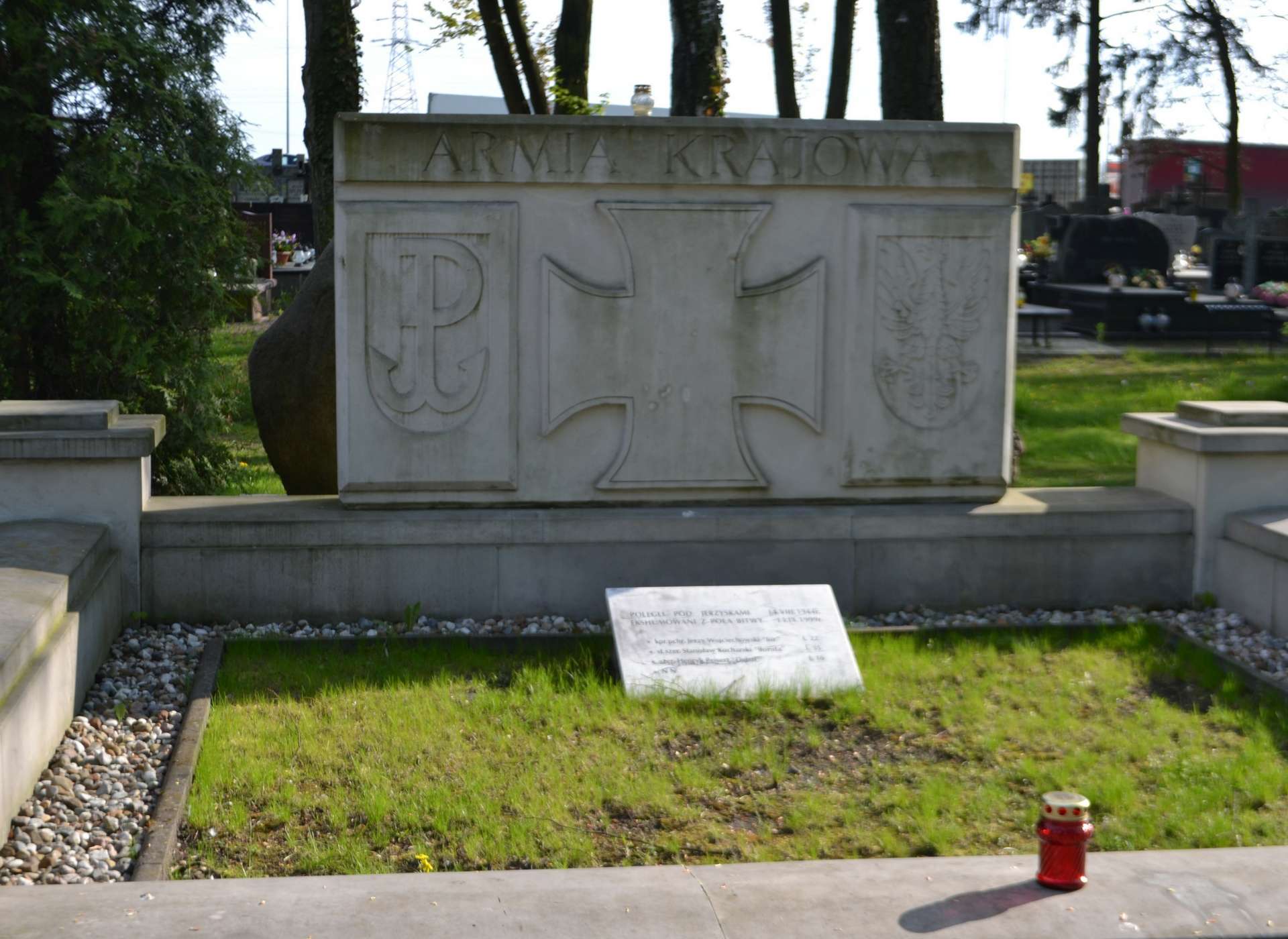
In my next post, I’ll bring this train of thought back to its beginning, with the image of one last grave site necessary to bring focus to History through the Viewfinder
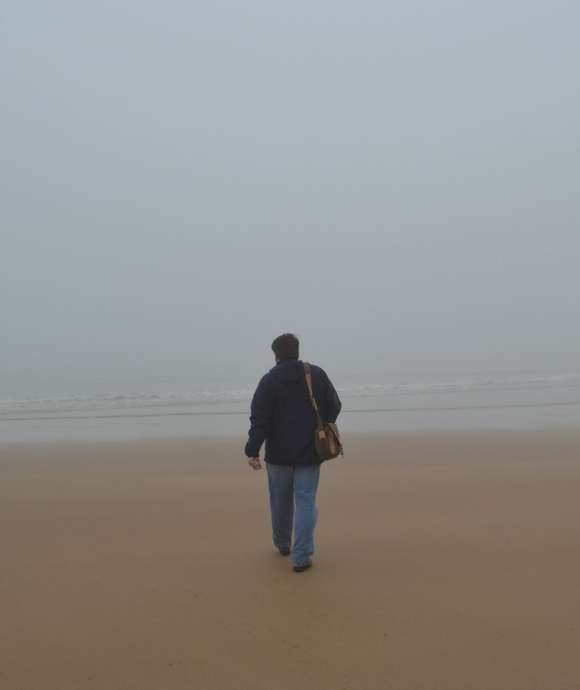
"No matter one’s age, travel is a unique and exciting educational experience. In my work, I have had the opportunity to reflect on history, events, and people in the places where they experienced life. Through the viewfinder, we can not only find history and perspective, but create memory, and evoke our evergreen past."
– Keith Huxen, PhD, Senior Director of Research and History, The National WWII Museum
Keith Huxen
Keith is the former Senior Director of Research and History in the Institute for the Study of War and Democracy at The National WWII Museum.
Cite this article:
MLA Citation:
APA Citation:
Chicago Style Citation:
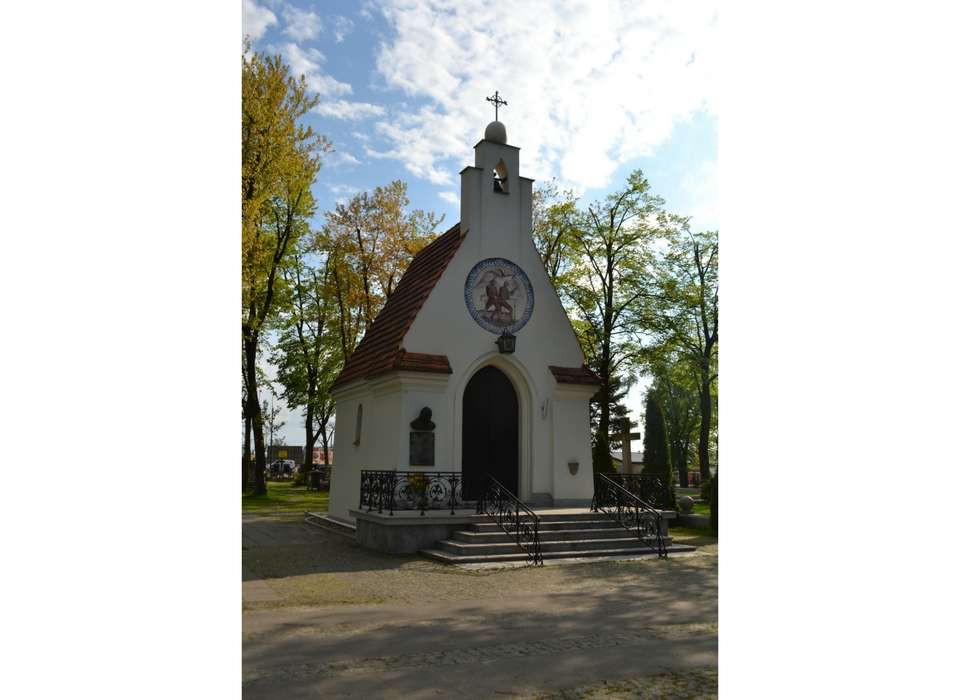

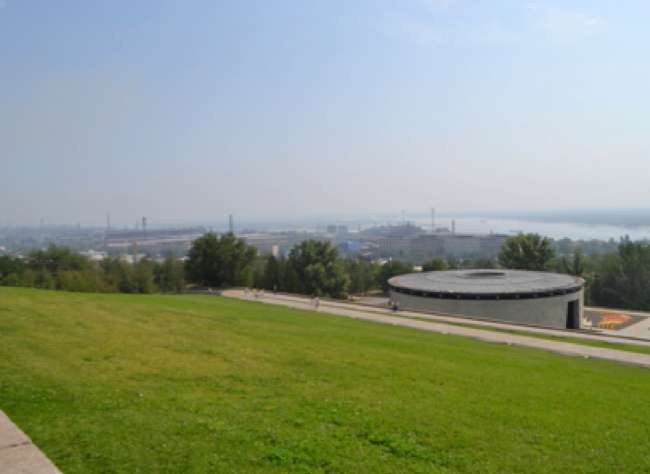
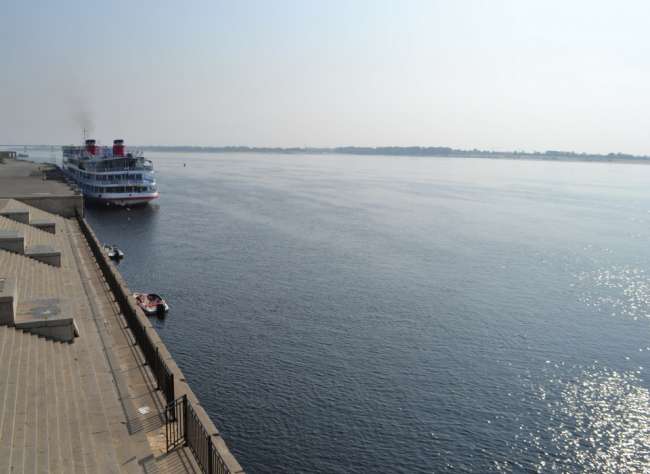




![Max Fuchs, New York City cantor, sings as Rabbi Sydney [sic] Lefkowitz, Richmond, VA, conducts the first Jewish services from Germany.](/sites/default/files/styles/max_650x650/public/2025-10/image1.jpg)



